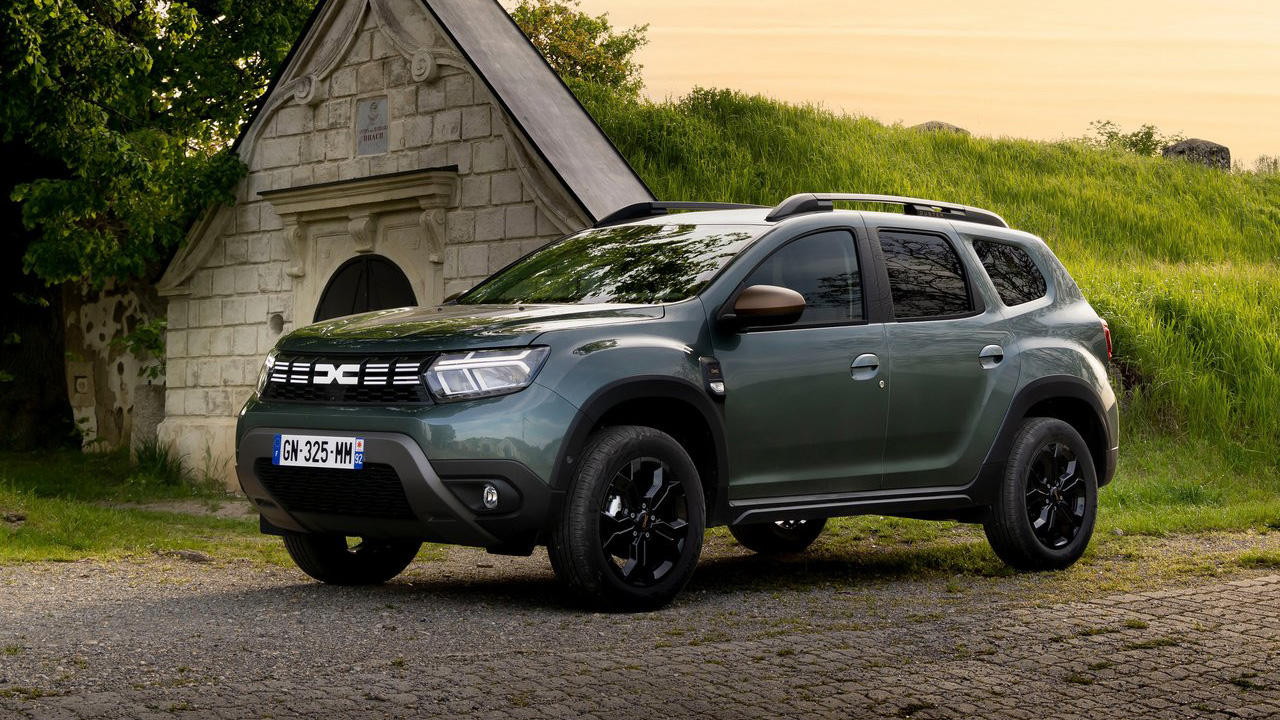The second-generation Duster model was introduced in 2021. Equipped with a 1.3-liter turbocharged gas engine producing 150 horsepower and a dual-clutch automatic transmission, the SUV offered a comfortable driving experience at an affordable price. However, the moose test raised questions about its safety.
In the moose test video, the 2023 Duster was put through its paces by attempting to navigate through cones at various speeds. The test began with an entry speed of 44 miles per hour (71 kilometers per hour), which the Duster achieved without hitting any cones.
As the test driver pushed for higher speeds, the Duster's limitations became apparent. The SUV's suspension proved to be a significant hindrance, causing excessive bounce and hampering the driver's ability to maintain control. The Electronic Stability Control (ESC) system also intervened aggressively, attempting to prevent rollovers due to the Duster's high center of gravity and soft suspension. Unfortunately, these interventions did not improve the vehicle's overall safety performance.
Notably, this is not the first time the Dacia Duster has struggled in the moose test. A previous test of the second-generation model with a 110 hp 1.5-liter diesel engine and automatic transmission yielded similar results, highlighting persistent safety issues.
Despite a facelift and some technological improvements, the Dacia Duster has not overcome its inherent drawbacks in dynamic driving scenarios. While it remains an affordable and capable SUV for light off-road adventures, potential buyers should be aware of its limitations in safety-critical situations.

